CURRENCY: 11 Most Beautiful Currencies in the World
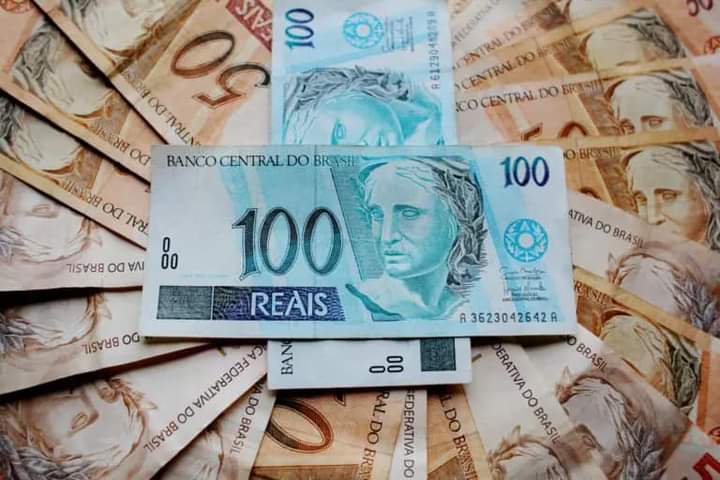
Did you know that Mexico won the 2021 Bank Note of the Year Award, an initiative of the International Bank Note Society (IBNS) to recognize an exceptional banknote issued each year?
As the West African giant, Nigeria, announced its currency redesign on Wednesday, October 26, 2022,, let's take a look at some of the most beautiful currencies in the world as compiled by Remitly, experts in international money transfers. While some countries keep their currency design simple, others go the extra mile. In fact, some nations can even boast their banknotes and coins as everyday works of art. The countries below exemplify this with their elaborate banknote designs. Here are eleven of the most beautiful currencies in the world.
1. BRAZIL newest banknote was released earlier in 2020 and features the maned wolf. On one side, the Brazilian real features the personification of its country and government, the Efígie da República—a young woman wearing a crown of bay leaves and a Phrygian cap. The reverse showcases some of the country’s most notable fauna, including the great egret, jaguar, and golden lion tamarin.
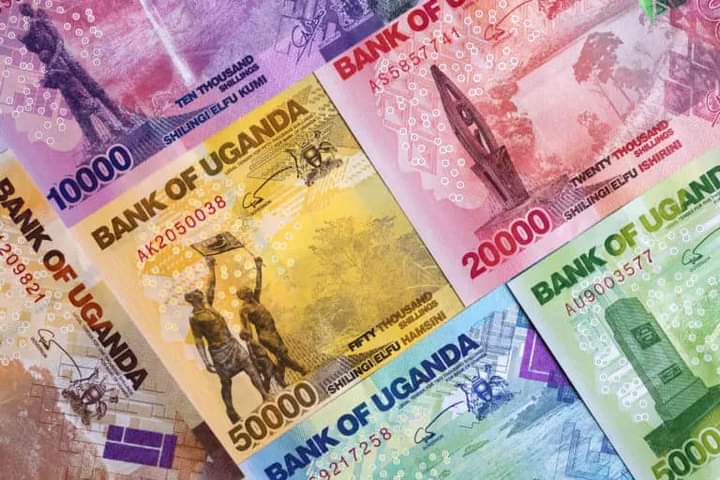
2. UGANDA. The Ugandan shilling’s design has changed frequently over the last 50 years, with its banknotes updated periodically to reflect changes in leadership. Its latest change, in May 2020, introduced new designs celebrating Uganda’s rich heritage. Ugandan mat patterns, a map of the country, the Nile River, and Uganda’s Independence Monument appear on the shilling’s various denominations.
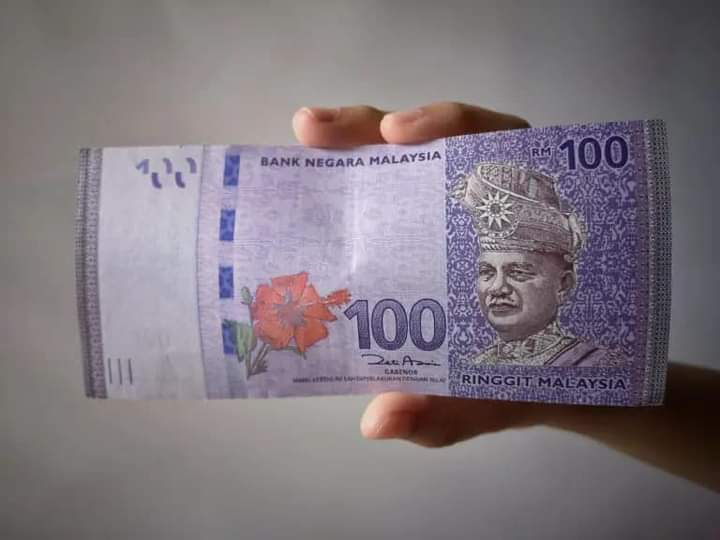
3. MALAYSIA. The Malaysian ringgit is notable for looking to the future. Its banknote designs center on Wawasan 2020, the vision put forth by Malaysia’s fourth and seventh Prime Minister, Mahathir Mohamad. This idea envisioned Malaysia to become a prosperous and developed country by 2020. The ringgit’s six denominations reflect this vision with imagery of various industries and economic symbols, like the Kuala Lumpur Tower, Malaysia Airlines Boeing 777 aircraft, and the Kelana Jaya rail transit line. Such images encapsulate Malaysia’s eye toward progress and modernization.
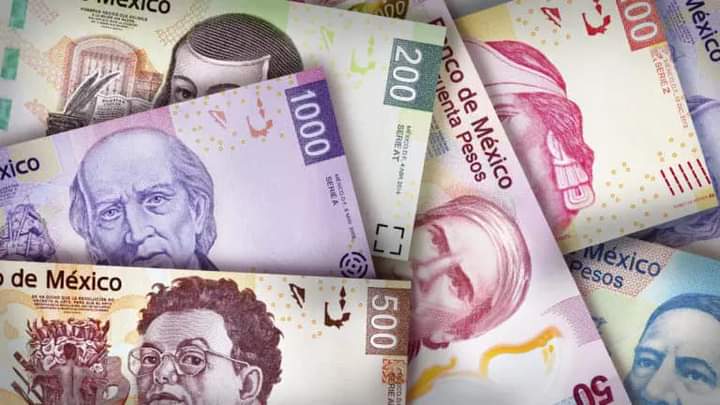
4. MEXICO. The Mexican peso has a long history and was in fact used as the benchmark for all North American currencies in the late 18th century. As if to acknowledge this, the peso’s latest series of banknotes depicts important figures and periods from Mexican history as well as the country’s different types of terrain. In 2018, the 500-peso bill was nominated by the International Bank Note Society for its prestigious Bank Note of the Year Award. While it ultimately lost to Canada, the note still deserves recognition for its design: the front features Benito Juárez, the first indigenous president of Mexico, and the reverse displays gray whales in the Biosphere Reserve of El Vizcaíno.
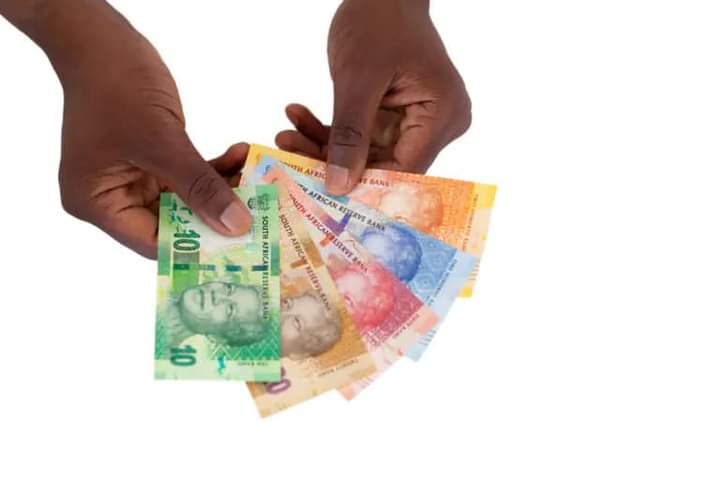
5. SOUTH AFRICA. In the South African Reserve Bank’s words, “Banknotes serve not only as a medium of payment, but are a window on the country, its people, heritage, and culture. … [They] reflect the pride and aspirations of a nation and its people.” With that in mind, the South African rand comes in five distinct denominations, each featuring one of Africa’s Big Five game animals: a rhinoceros, elephant, lion, buffalo, and leopard. The banknotes are further distinguished by their unique colors and design elements representing different industries.
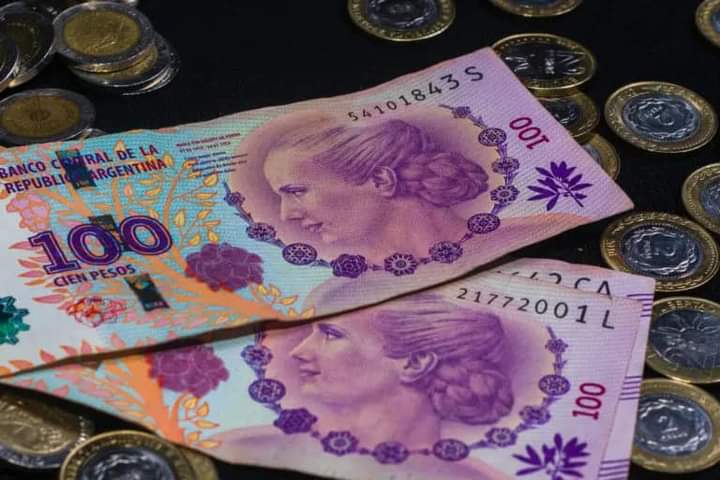
6. ARGENTINA. As a nod to the country’s fauna and flora, the Argentine peso’s most recent banknote series, released between 2016 and 2018, features birds, mammals, and natural landmarks. This series is unique because the front of the bills is vertical while the reverse is horizontal. It’s also worth mentioning that Argentina’s 1,000-peso note was a contender for the International Bank Note Society’s Bank Note of the Year award in 2017. The note centers on the national bird, the Rufous hornero, and features both its claw print and habitat.
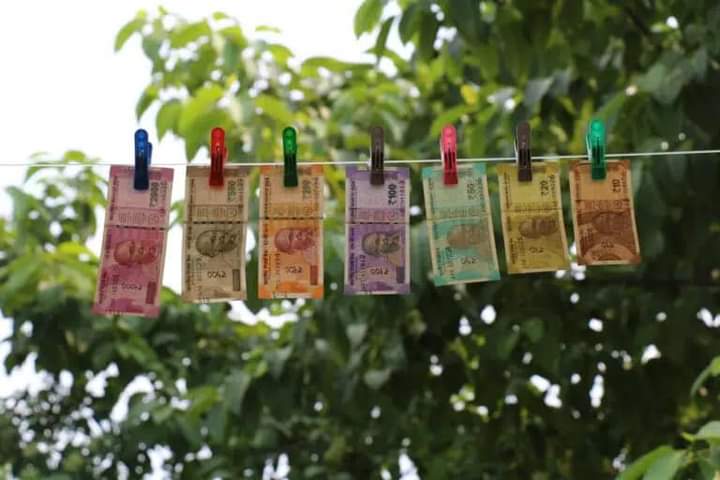
7. INDIA. The latest banknote series of the Indian rupee is available in several colorful denominations, including lavender, magenta, and fluorescent blue. They each feature a portrait of Mahatma Gandhi as well as major cultural symbols like India’s Sun Temple and the Indian Space Research Organization’s Mars Orbiter Mission.
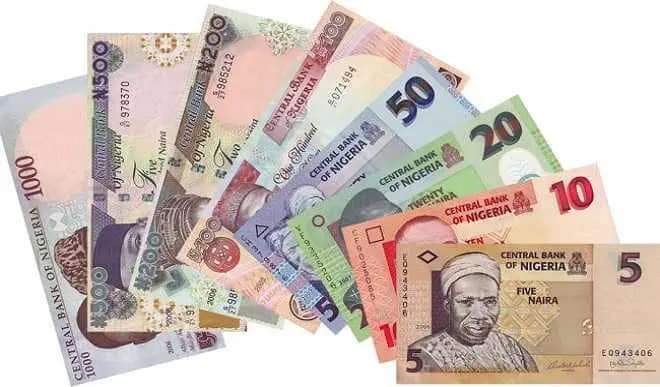
8. NIGERIA. The Nigerian naira is worth noting because of its novelty in featuring the signature of a woman—that of Priscilla Ekwere Eleje, the Central Bank of Nigeria’s first female Director of Currency Operations. Only one other Nigerian bill has ever featured some female representation: the 20-naira note and its image of renowned potter Ladi Kwali. Nigeria’s kobo coins are also beautiful in their own right. Elegant in their minimalism, each coin features an important natural or economic symbol: peanuts, maize, palm trees, and oil derricks.
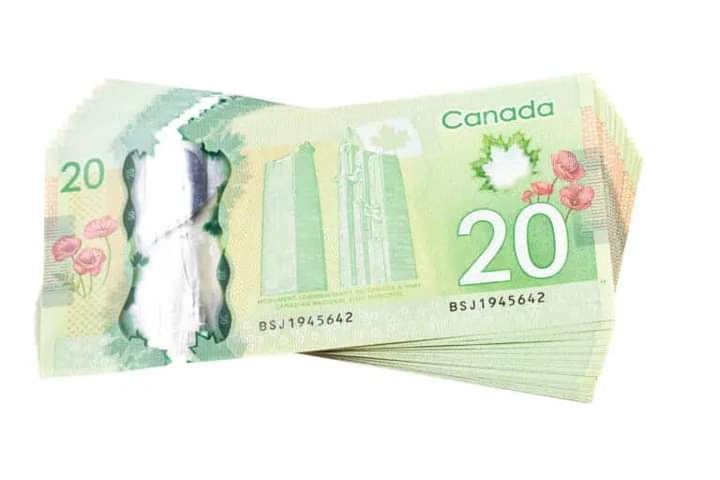
9. CANADA. The International Bank Note Society recognized Canada’s 10-dollar bill as the Bank Note of the Year in 2018. This particular note carries a social justice theme, depicting Canadian civil rights activist Viola Desmond and the Canadian Museum for Human Rights in a vertical format. However, the Canadian dollar deserves special attention for not just its visual design, but also its material. Beginning in 2011, the Bank of Canada switched completely from paper banknotes to synthetic polymer—many other countries have only switched one or a few denominations. This makes Canadian dollars more environmentally friendly in the long run, outliving traditional paper currency.
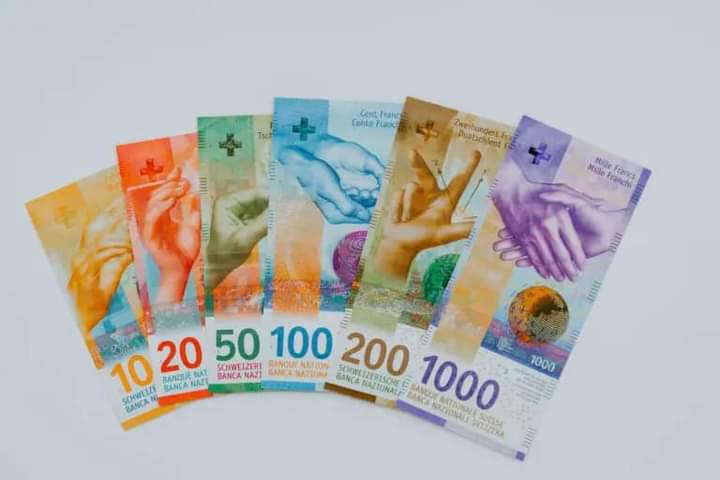
10. SWITZERLAND. The multiple award-winning Swiss franc is the national currency of not just Switzerland but also Liechtenstein. Given the franc’s elegant design, no one can blame Liechtenstein for using it. The franc’s latest series of banknotes features hands in various gestures, and as a result, feel especially artful. For instance, the 10-franc note depicts a pair of hands conducting time with a baton.
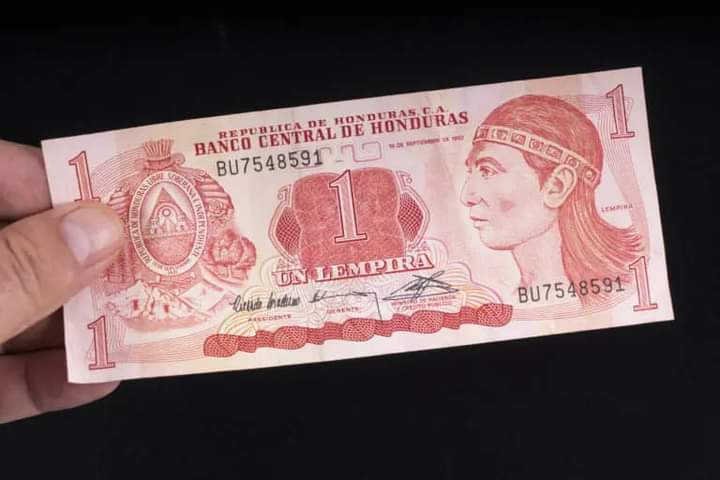
11. HONDURAS. Named after the 16th-century ruler of Honduras’s indigenous Lenca people, the Honduran lempira honors national heroes and places in its banknote designs. Lempira himself appears on the front of the one-lempira note. Meanwhile, the reverse shows the Mayan ball game known as pelota and the ruins of Copán, one of the Maya civilization’s major archaeological sites.
Source: Remitly https://blog.remitly.com/lifestyle-culture/beautiful-world-currencies/
#penglobalfinance #currency



